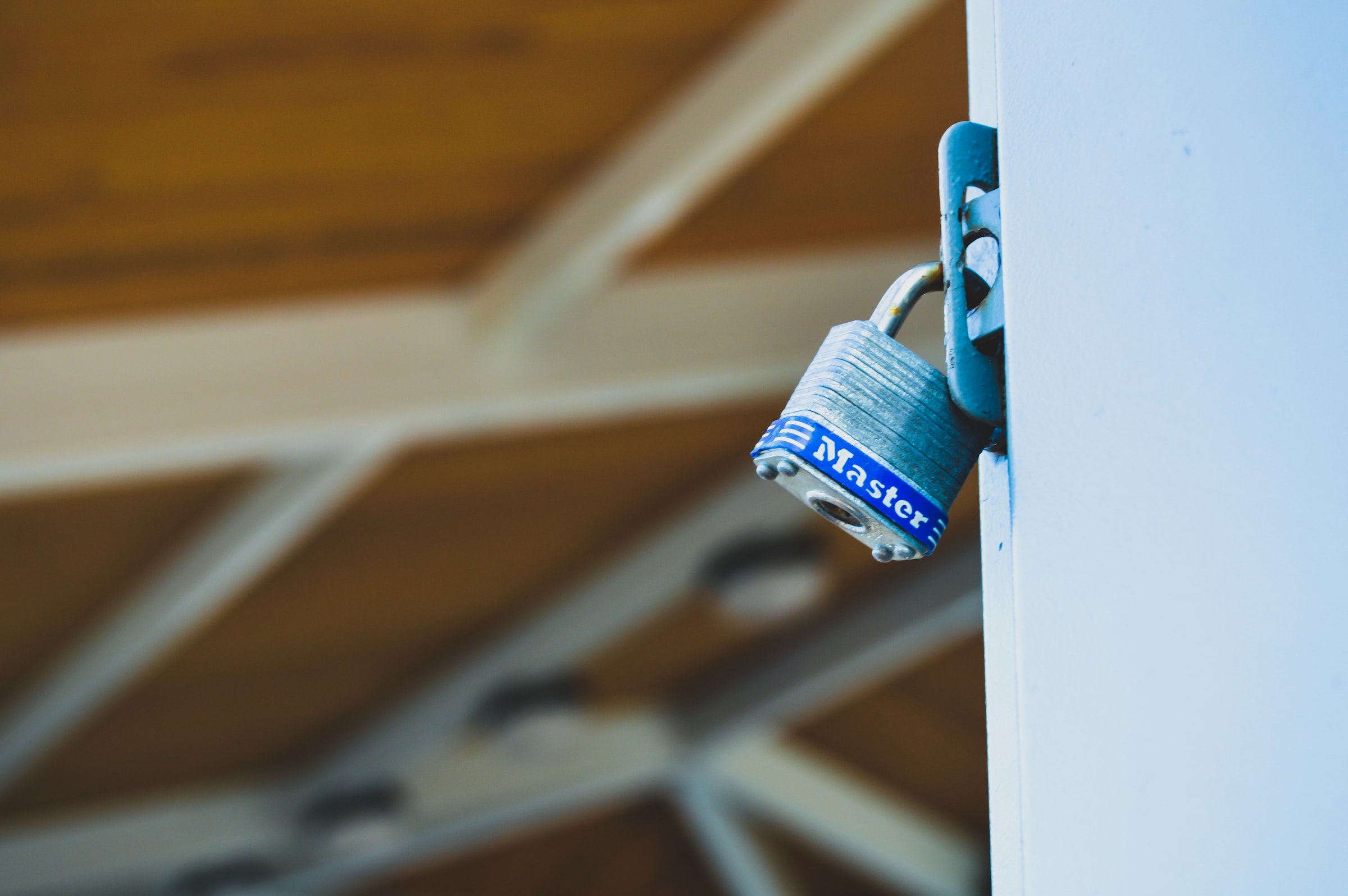Master Lock combination locks are a common choice for securing a variety of items, and as a locksmith or aspiring locksmith, you’ll undoubtedly encounter these locks frequently. However, what happens when a client has forgotten the combination to their Master Lock combination lock? In this article, we’ll explore several methods that locksmiths can use to recover the combination and help their clients access their belongings.
Method 1: Check for the Combination on the Lock
The first and most straightforward method to try is to check the lock for any written combinations. It’s not uncommon for people to write down their lock’s combination either directly on the lock or on a small piece of paper attached to it. If the combination isn’t immediately visible, try looking for any paperwork that came with the lock, such as the user manual or purchase receipt.
Here are some common areas where you might find the combination to a Master Lock:
- Some Master Locks come with a piece of paper or a sticker on the packaging that contains the combination.
- Some Master Locks have a small metal plate on the back that can be removed to reveal the combination.
- Look underneath the shackle and you may find the combination engraved or stamped onto the lock body.
- The combination may be written down on a piece of paper or card and stored in a nearby drawer or filing cabinet.
- Check nearby bulletin boards or notice boards for any notes or reminders that might contain the combination.
- The combination may be stored in a digital format on a mobile device or computer. Look for any notes or documents that might contain the combination.
Remember, these are just some common places where you might find the combination to a Master Lock, and there’s no guarantee that the combination will be stored in any of these locations. It’s important to be thorough and check all possible areas around the lock.
Method 2: Use a Master Lock Combination Finder
If you can’t find the combination written down anywhere, you can try using a Master Lock combination finder. This online tool can help you find the combination for your client’s lock by entering the lock’s serial number or combination code.
The Master Lock combination finder is a useful tool for locksmiths to recover forgotten combinations to Master Lock combination locks. To use this method, you’ll need to visit the Master Lock website and enter the lock’s serial number or combination code. If the combination is available, the website will display it for you.
It’s important to note that not all Master Lock combination locks will be eligible for this method. Specifically, older models may not be supported by the combination finder, as the information may not have been digitally recorded. In addition, if the lock has been altered in some way, such as the combination code being changed, the combination finder may not work.
However, for newer Master Lock combination locks that haven’t been altered, the combination finder can be a quick and easy way to recover a forgotten combination. As a locksmith, you can use this method to help your clients regain access to their belongings without having to resort to more invasive techniques such as drilling or decoding.
Method 3: Manipulation
Manipulation is a method of opening a Master Lock combination lock without having to use force. This method involves turning the lock’s dial while applying tension to the shackle to find the correct combination. Here’s a step-by-step guide on how to use manipulation to recover a forgotten combination:
Step 1: Determine the Direction of Rotation
Before beginning, you’ll need to determine the direction of rotation for the lock’s dial. To do this, turn the dial clockwise until you feel resistance, then turn it counterclockwise until you feel resistance again. The direction you turned the dial to reach the second point of resistance is the correct direction of rotation.
Step 2: Apply Tension
Next, you’ll need to apply tension to the shackle. Hold the lock in one hand and use your other hand to apply pressure to the shackle. This pressure should be enough to create tension but not so much that it causes the lock to open.
Step 3: Turn the Dial
With tension applied to the shackle, turn the dial slowly in the direction of rotation. As you turn the dial, pay close attention to the resistance you feel. When you feel a slight increase in resistance, stop turning the dial and take note of the number that the dial is pointing to.
Step 4: Repeat the Process
Continue this process of applying tension, turning the dial, and noting the numbers until you’ve gone all the way around the dial. Once you’ve reached the end of the dial, you should have a list of several numbers that correspond to the points of increased resistance.
Step 5: Find the Combination
The next step is to find the combination. Start by looking at the numbers you’ve noted down and see if any of them are repeating. If you notice a pattern, such as two numbers that appear more frequently than others, these are likely to be part of the combination. Try different combinations of these numbers until the lock opens.
It’s important to note that manipulation can take a lot of time and patience, and it requires a good understanding of the lock’s inner workings. If you’re not confident in your ability to use this method, it’s best to try other methods or seek assistance from a more experienced locksmith.
Method 4: Decoding
Decoding is a technique used by locksmiths to determine the combination of a Master Lock combination lock without having to use force. This method involves examining the lock’s internal mechanisms and using that information to deduce the correct combination. Here’s a step-by-step guide on how to use decoding to recover a forgotten combination:
Step 1: Obtain a Decoding Tool
Before beginning, you’ll need to obtain a decoding tool designed for Master Lock combination locks. These tools are designed to fit into the lock and provide information about the lock’s internal workings.
Step 2: Insert the Decoding Tool
Insert the decoding tool into the lock and push it all the way in. This will allow the tool to engage with the lock’s internal mechanisms and provide information about the position of the lock’s wheels.
Step 3: Turn the Dial
With the decoding tool in place, turn the lock’s dial slowly in the direction of rotation. As you turn the dial, pay close attention to the feedback provided by the decoding tool. The tool will provide information about the position of the wheels inside the lock.
Step 4: Record the Feedback
As you turn the dial, record the feedback provided by the decoding tool. This feedback will consist of a series of clicks or other mechanical noises. Each noise corresponds to the position of one of the wheels inside the lock.
Step 5: Decode the Feedback
Once you’ve gone all the way around the dial and recorded the feedback, you’ll need to decode it. This involves using a chart or other reference materials to determine the position of each wheel based on the feedback you’ve recorded.
Step 6: Find the Combination
With the positions of the wheels determined, you can now use that information to find the combination. Start by trying the most likely combination based on the positions of the wheels. If that combination doesn’t work, try different combinations until the lock opens.
It’s important to note that decoding is a complex and time-consuming process that requires a good understanding of the lock’s internal mechanisms. If you’re not confident in your ability to use this method, it’s best to try other methods or seek assistance from a more experienced locksmith.
Method 5: Drill the Lock
Drilling a Master Lock is a last resort option when all other methods of opening the lock have failed. Drilling can cause damage to the lock and should only be done by a trained locksmith or other professional with the necessary tools and expertise. If you do not have experience with drilling locks, it’s recommended that you seek assistance from a professional locksmith.
That being said, if you are a trained locksmith or have experience drilling locks and need to drill a Master Lock, here are some general instructions:
- Select the right drill bit: Choose a high-speed steel drill bit with a diameter that matches the shackle size of the Master Lock you want to drill. The correct size of the drill bit is important to avoid damaging the lock body while drilling.
- Secure the lock: Use a vise or other clamping device to secure the lock in place. Make sure that the lock is steady and doesn’t move while drilling.
- Mark the spot: Use a center punch or other marking tool to create a small indentation in the center of the shackle. This will help guide the drill bit and keep it centered on the shackle.
- Drill the shackle: Use the drill bit to start drilling through the center of the shackle. The drilling process requires low speed and steady pressure to avoid breaking the drill bit, and overheating it. Take breaks to clear out any shavings that might accumulate around the drill bit.
- Remove the shackle: Once you have drilled all the way through the shackle, remove the lock from the vise, and remove the shackle from the lock body. If you want to continue using the lock, replace the shackle with a new one. If not, you can dispose of the lock, or you can try to rebuild it.
When drilling a Master Lock, it’s important to remember that drilling should be the last resort when all other methods have failed, and that it can cause significant damage to the lock. As such, only trained locksmiths and locksmiths in training should perform this method, and it should be done with care and precision to minimize damage to the lock. Additionally, be aware of the legal implications of drilling a lock without the owner’s consent, as it may be illegal in some jurisdictions. It’s important to ensure that you have the legal right to open the lock before proceeding.
In conclusion, as a locksmith or aspiring locksmith, you should be familiar with a variety of methods for recovering forgotten combinations to Master Lock combination locks. While some methods are easier and more straightforward than others, it’s crucial to always prioritize the safety and security of your clients’ belongings. With patience, expertise, and the right tools, you can help your clients access their belongings and regain peace of mind.


